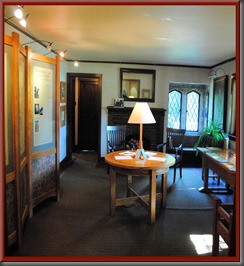Myth
Of those who came to A.A. and really tried, 50% got sober at once and remained that way; 25% sobered up after some relapses, and among the remainder, those who stayed on showed improvement.
Truth
“The assertion of a 50-75% success rate in AA is derived from various AA literature sources and other written sources, but is not explicitly demonstrated except in one instance. That instance pertains to the AA members who had their personal stories printed in the first edition of the “Big Book”
Alcoholics Anonymous (AA) Recovery Outcome Rates (p2)
The notion of an overall 75% successful recovery outcome rate in AA owes its durability to anecdotal repetition rather than consistent statistical demonstration. Alcoholics Anonymous (AA) Recovery Outcome Rates (p14)
- Some Early AA groups would only admit members after 3 months sober (p26)
- Other groups required completion of the steps before admission to the group (p26)
- Relapsers were often excluded (p25)
- Some groups required hospital admission first (p25)
- Entry Approved by committee (p26)
None of this represents how modern 12-step programs operate
Early AA membership was demographically skewed
In 1939, it referred to a Fellowship, composed mostly of men (and a few women) with quite similar social, ethnic, and economic backgrounds. Foreword to 4th Edition AABB
They were upper-middle-class to wealthy men, with higher incomes, more educated, having access to high-quality healthcare and better quality food. The occupations of members, whose stories were in the AABB 1st Edition are indicative of this skewed demographic: surgeon, stockbroker, lawyer, business owner, senior manager and those from wealthy families.
None of this is to diminish the achievements of the AA pioneers. They were getting alcoholics sober in numbers not seen since the Washingtonians in the 19th century. Myths about early AA are too often used to tell members that all they need to do is work the program harder, rather than offering them the fullness of threefold recovery that AA is founded on. Had current medical knowledge been available in the 1930s the success rate of early AA would almost certainly be closer to the claimed 50-75% rate.
NEXT – The truth about early AA is more enlightening than the myths
